cNose Product description:
The electronic nose is a high-tech product developed by simulating animal olfactory organs, also known as an odor scanner. It is a novel instrument developed in the 1990s to quickly detect food. It uses specific sensors and pattern recognition systems to quickly provide overall information about the sample being tested, indicating the hidden characteristics of the sample.
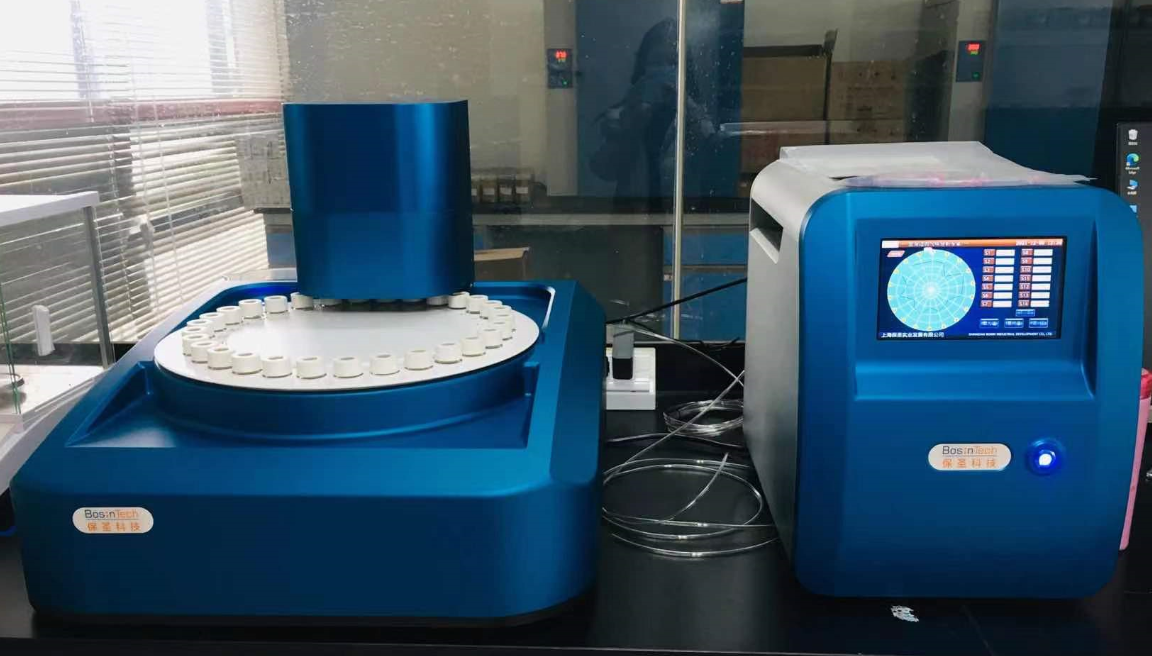
cNose Principle introduction:
The detection object of the electronic nose is mainly for volatile flavor substances. When one or more flavor substances pass through the electronic nose, the “odor fingerprint” of the flavor substance can be sensed by the sensor and extracted by a special intelligent pattern recognition algorithm. Using different "odor fingerprint" information of different flavor substances, you can distinguish and identify different gas samples.
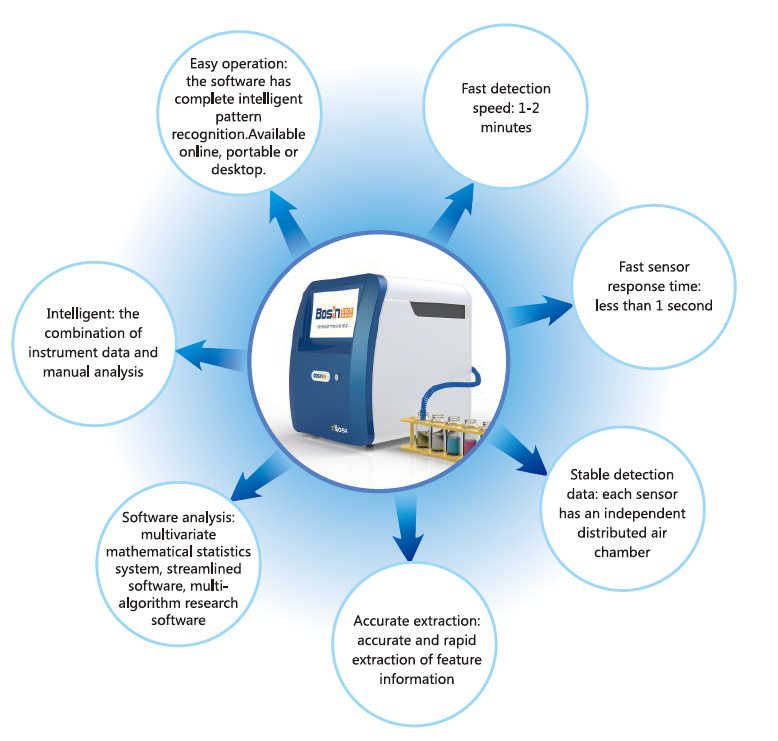
cNose Structural features
1. Unique interaction sensitive multi-sensor array: combination of metal oxide semiconductor sensors with different properties
2. Detection accuracy: up to ppb level
3. Fast detection speed: 1-2 minutes
4. Fast sensor response time: less than 1 second
5. Each gas detection chamber has independent data distribution.
6. Easy to operate: the software has complete intelligent pattern recognition. Available online, portable and desktop.
7. Multivariate mathematical statistics system
8. Discriminant test of overall quality difference of objects (PCA, LDA,)
9. Identification of origin protection products and brand products (SVM, BP neural network, KNN, PLS-DA)
10. Product quality rating (SVM, BP neural network, KNN)
11. Fast inversion of sensory attributes and physical and chemical indexes of samples (PLS, SVM, BP neural network)
12. Evaluation of product shelf life (PCA, pls, SVM, BP neural network)
13. Product difference analysis (Euclidean distance, Mahalanobis distance, K-means, LVQ...)
14. Data visualization
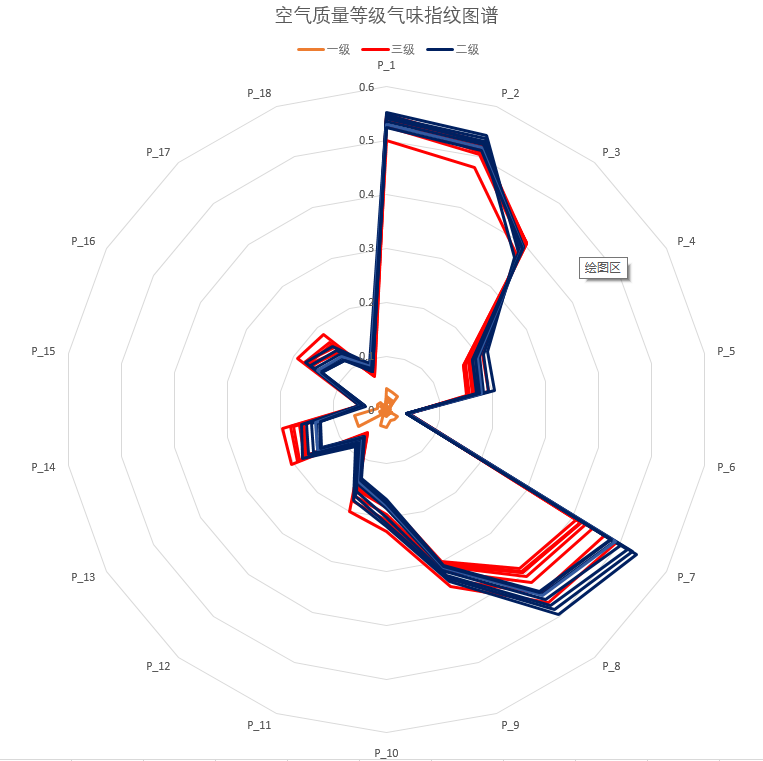
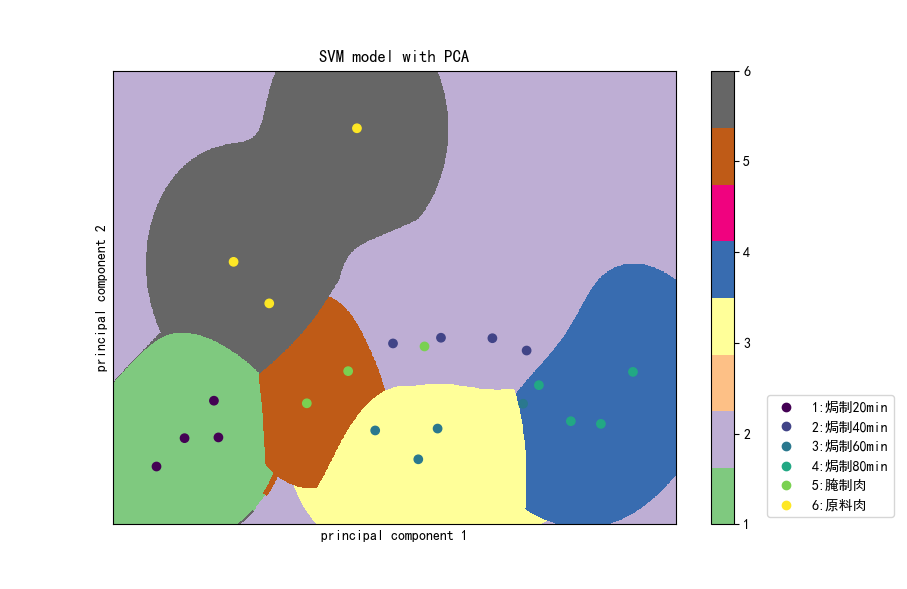
cNose Application
Process control: the dosage of additives in food production, the control of industrial cleaning process, fermentation process control, the amount of artificial gas in natural gas, the production control of packaging in food industry, and the process control of oil pressing or barbecue.
Quality control: the odor of oil, the freshness of food, the scattered gas of packaging, the solvent residue of polymer, the degradation of flavor, the characteristics of drug gas, resin, the aroma of beverage, etc.
Environmental safety control: odor of wastewater purification process, fertilizer odor, filtration process management, organic solvents in the air of the studio, bacterial identification, leakage control and combustion control.


 返回
返回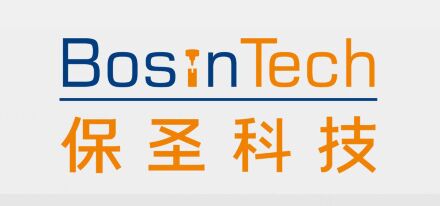
 tel:021-37656257
tel:021-37656257 email:shbosin@163.com
email:shbosin@163.com  Adds:Shanghai Songjiang industrial district1108 Number
Adds:Shanghai Songjiang industrial district1108 Number  Fax:021-61769285
Fax:021-61769285 Q Q:3152715460
Q Q:3152715460